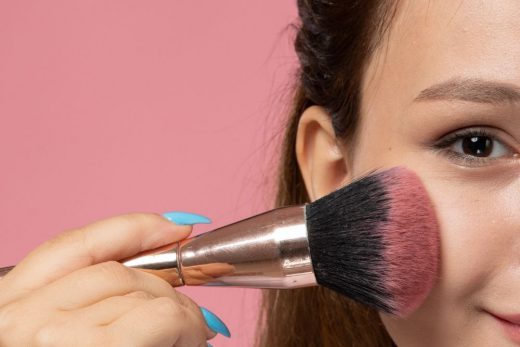Now it’s time to review your chemistry notes for all! Don’t let the term scare you Acid; one of the building blocks of powerful skin care formulas, which heal scars from the skin the moisture balance of these components for as many problems as it’s good. 21 Popular acid used in skin care formulas developed specifically for you we searched for and benefits.
Salicylic Acid
This acid is the sine qua non of the skin. Penetrate pores and balances sebum, balances skin tone at the same time the formation of this component.
Glycolic Acid
The effective AHAs alpha hydroxy acids glycolic acid Peeling in the skin between the marks and helps to eliminate fine wrinkles, pores, and brighten the skin is tightening.
Mandelik Acid
Mandelik, such as acid and glycolic acid AHA. Prevent acne, sun damage and pigmentation due to the molecular structure of these building blocks and removes different balances, glycolic acid is more suitable for sensitive skin.
Citric Acid
Also you can choose to refresh and purify the skin surface citric acid citrus components. Malic acid is itself just such as is quite compatible with sensitive skin.
Lactic Acid
Again, AHA lactic acid is obtained from dairy products. The purifying effect of this component is the skin of dead cells, have inspired the famous milk to the bath. The use of this content, which is also suitable for sensitive skin, ideal for those looking for a stronger result than mandelik acids.
Tartaric Acid
Than an aha! Tartaric acid from grapes obtained by triggering collagen production while renewing skin’s surface at the same time allows tightening.
Malic Acid
Who’s kind to the skin than AHAs skin texture malic acid, which is re-configuring and gives a youthful glow to the skin.
Hyaluronic Acid
Who hasn’t left this acid? Hyaluronic acid, which holds 1000 times the weight of moisture, dry skin is the answer you’re looking for.
Ferulik Acid
Ferulik acid which is a powerful antioxidant, vitamin E and C product is usually in cocktails. Protects the skin against UV rays caused by free radicals from itself.
Kojic Acid
Sake rice kojic acid produced by the fermentation of bacteria in the color of the skin pigmentation brightens and balances.
Laktobionik Acid
Purifying and moisten the dead cells from the acid that improves the signs of aging with antioxidant properties shows the skin more bright and increases skin elasticity.
Acid Galik
Skin tightening is Galik acid derived from tea leaves and oak bark, strains and reduces pore appearance.
Elajik Acid
Raspberry and pomegranate obtained from the acid, besides being a potent antioxidant, protects the skin against the harmful rays of the sun and prevents the formation of stains.
Azelik Acid
Miraculous Acid for acne and sensitive skin with a content Azelik cleans the pores, cleanse the skin and eliminates bacteria and inflammation.
Linoleic Acid
Sunflower oil is obtained from a fatty acid called linoleic acid that moisturizes the skin and Vitamin F store fills up.
Phytic Acid
Plant-based phytic acid which is an antioxidant, protects the skin against the sun’s harmful radicals, prevents hyperpigmentation, smaller pores and prevents the formation of black spots makes.
Lauric Acid
And calms the skin dry and flaky skin, you may lauric acid, prevents the occurrence of acne with its antibacterial properties.
Tranexamic Acid
The restructuring of the worn skin, which allows the surface of the skin to heal this content, thanks to the influence of gentle sensitive skin who complain about hipermigmentasyon enables you to find the solution.
Nicotinic Acid
Niacinamide nicotinic acid, which is also another name, skin tone brightens, illuminates and evens out your skin elasticity of the skin discoloration.
Lipoic Acid
Anti-inflammatory property it possesses, and as a powerful antioxidant lipoic acid rejuvenates the skin, leads to signs of aging and eliminate wrinkles.
Ascorbic Acid
Ascorbic acid which is a synthetic version of vitamin C, brightens the skin and evens pigmentation. This component also increases the production of collagen in the skin.





